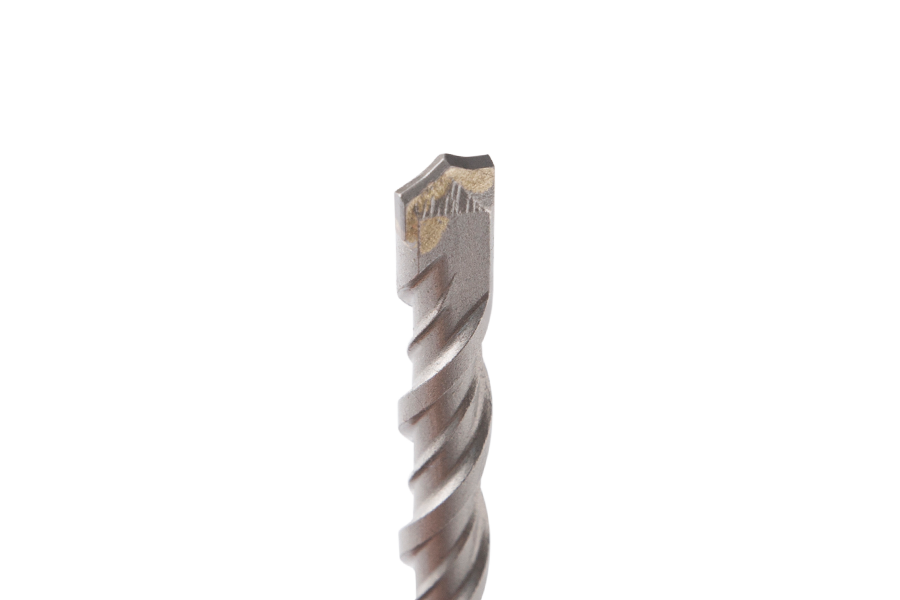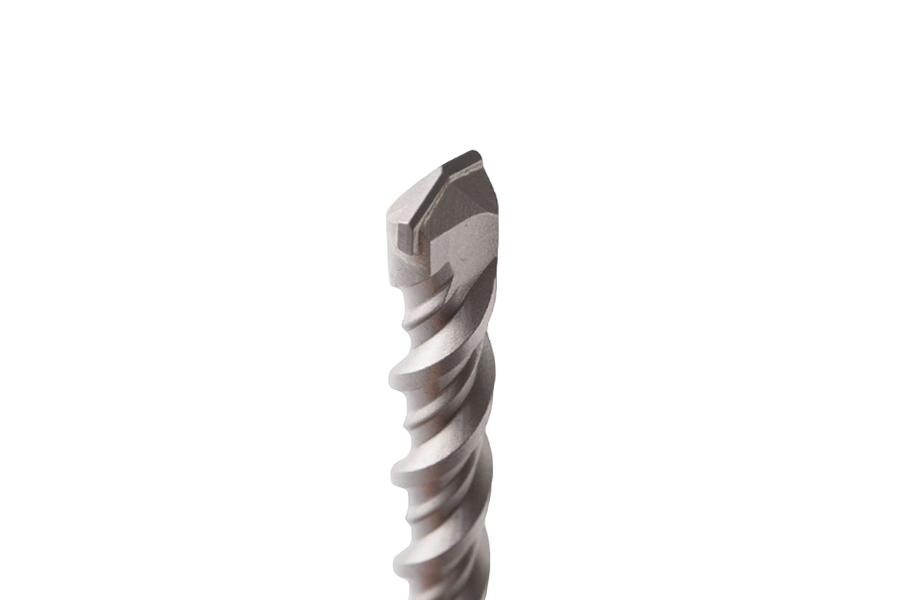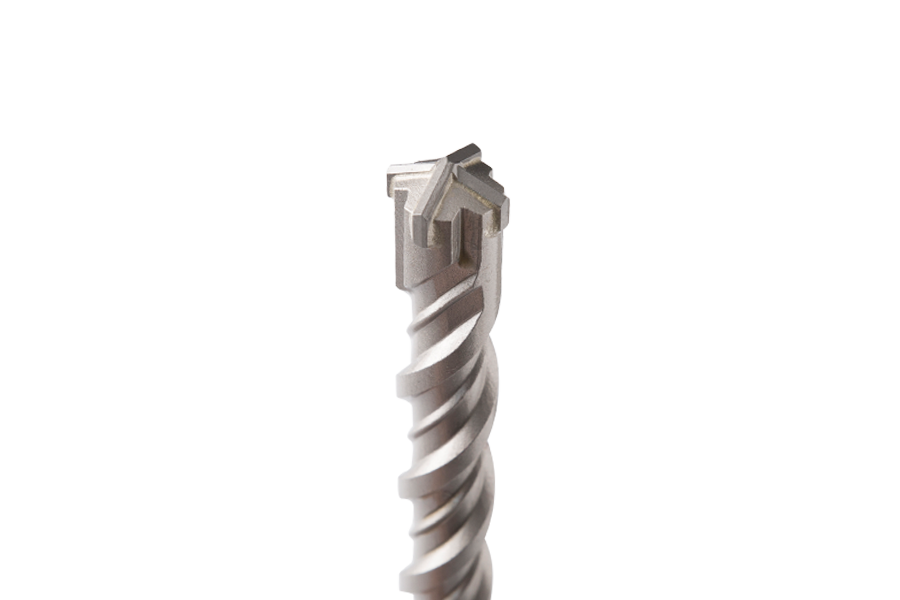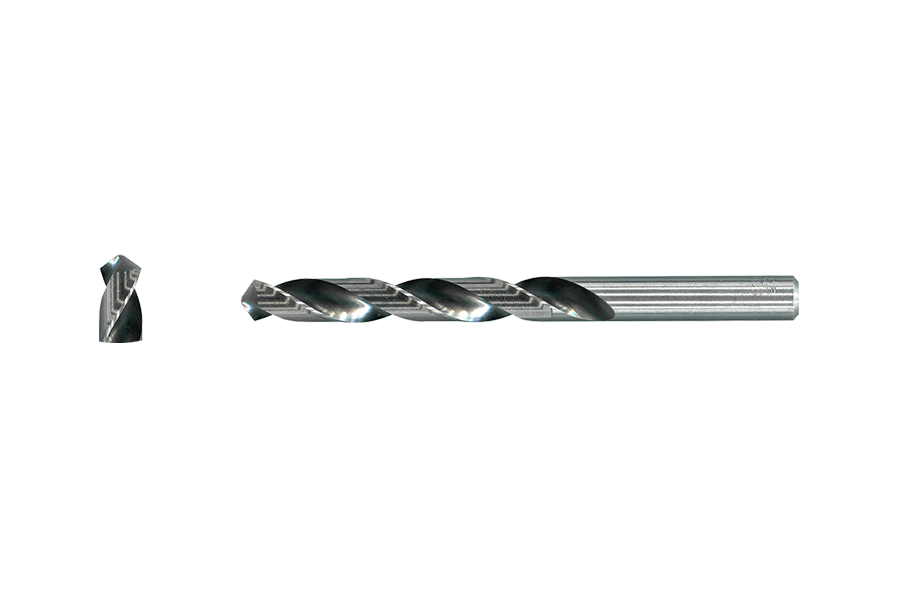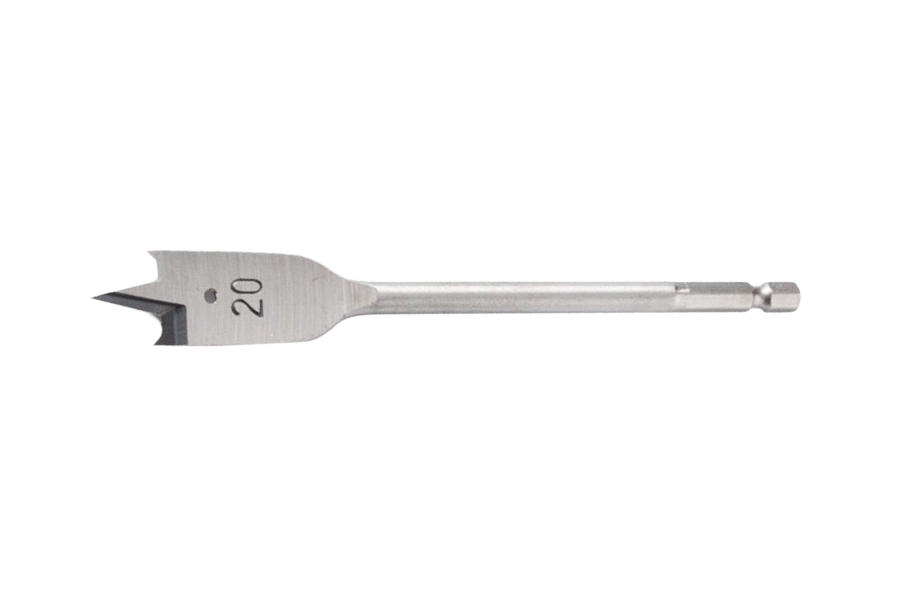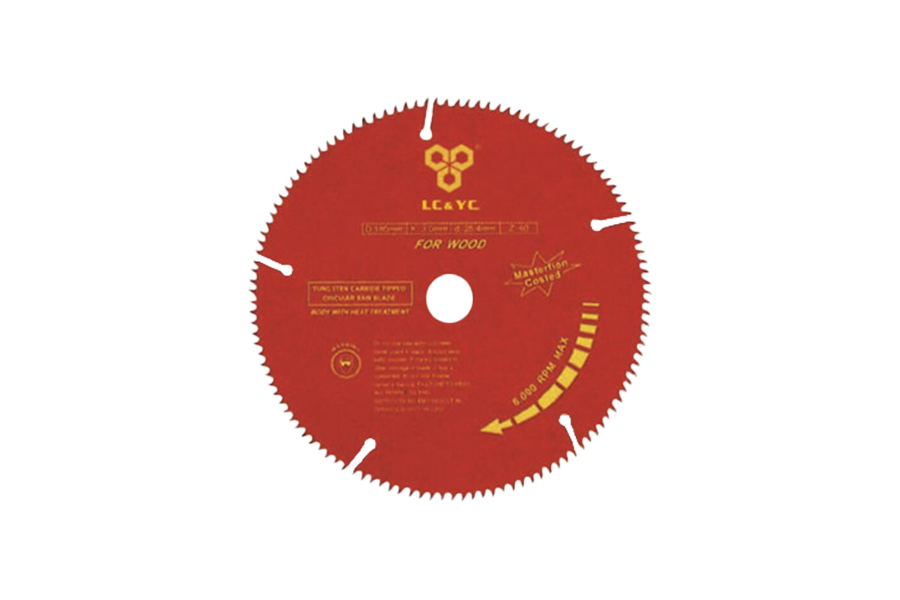If you’ve recently added an SDS Max chisel to your toolkit—or if you’re considering doing so—you’re likely aware of its reputation as a powerhouse in the world of demolition and masonry. However, owning the tool is only half the battle; knowing how to use it effectively is key to getting the most out of your investment.
1. Choose the Right Bit for the Job
One of the greatest strengths of the SDS Max chisel is its compatibility with various bit designs. Each type serves a specific purpose, so selecting the appropriate one is crucial for optimal results:
Flat Chisels: Ideal for scraping, leveling, and removing large surface areas like tile or plaster.
Pointed Chisels: Perfect for penetrating hard materials like concrete or breaking up tightly packed soil.
Wide Chisels: Great for channeling or creating grooves in masonry.
Before starting any project, assess the material and scope of work to determine which bit will yield the best outcome. Using the wrong bit not only slows down progress but can also lead to unnecessary wear and tear on both the tool and the bit itself.
2. Maintain Proper Technique
Using an SDS Max chisel requires more than just brute force. To achieve the best results while minimizing strain on yourself and the equipment, follow these guidelines:
Let the Tool Do the Work: Allow the hammering action of the rotary hammer to drive the chisel into the material. Applying excessive downward pressure can cause damage to the tool and reduce its lifespan.
Hold Steady: Keep a firm grip on the handle and maintain steady control over the direction of the chisel. This prevents accidental slips and ensures precision.
Work in Sections: For larger jobs, break the area into smaller sections rather than trying to tackle everything at once. This approach conserves energy and maintains consistent performance throughout the task.

3. Prioritize Safety
Safety should always be a top priority when operating power tools like the SDS Max chisel. Here are some essential precautions to keep in mind:
Wear protective gear, including safety glasses, gloves, and ear protection, to shield yourself from flying debris and noise.
Inspect the tool and bit before each use to ensure there are no cracks, chips, or signs of wear that could compromise performance.
Be mindful of your surroundings. Ensure that the workspace is clear of obstacles and bystanders, especially when working in confined spaces.
4. Regular Maintenance Extends Lifespan
Like any high-performance tool, the SDS Max chisel requires regular maintenance to function at its best. Simple steps like cleaning the tool after use, lubricating moving parts, and inspecting the SDS Max shank for dirt or corrosion can significantly extend its lifespan. Additionally, rotating between multiple bits instead of relying on a single one helps distribute wear evenly and prevents premature dulling.
5. Leverage Technology for Enhanced Performance
Modern SDS Max systems often come equipped with advanced features designed to enhance productivity and comfort. For example:
Anti-Vibration Technology: Reduces operator fatigue by dampening the intense vibrations generated during use.
Variable Speed Settings: Allows for greater control over the tool’s power output, making it easier to adjust based on the material being worked on.
Dust Extraction Systems: Minimize airborne particles, improving air quality and reducing cleanup time.
By taking full advantage of these features, you can streamline your workflow and achieve professional-grade results with minimal effort.


 English
English
 中文简体
中文简体
 Español
Español
 عربى
عربى



